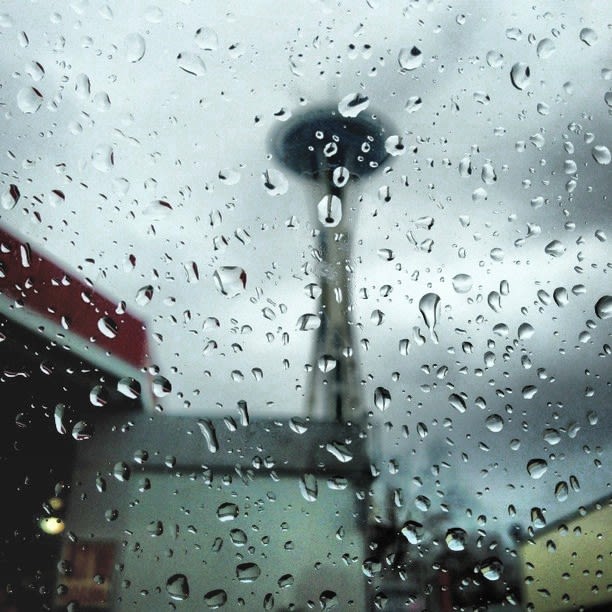What Exactly Counts as a Sunny Day?

Image: courtesy mnholcomb
So, it’s been a minute since we’ve had a full day of sun to dry out our raincoats. According to the National Weather Service (NWS), Seattle hasn’t had an officially sunny day since November 30.
But...November 30? That can’t be right, you might be thinking. Just yesterday, you were basking in the afternoon sun. But the NWS isn’t gaslighting you. It just defines “sunny” pretty rigidly. An official “sunny” day to the service means a day with no rainfall and an eighth or less of cloud coverage. (Technically, that is; the Seattle region's office doesn't use such a strict definition, according to Reid Wolcott of NWS Seattle.) Only two days in December were even considered partly sunny, and they had an average of 70 percent cloud cover. January had none.
While we’ve had a few peeks of sunlight here and there, our doom-and-gloom weather is breaking records all over the map here in the PNW. December 20, 2019 was Seattle’s rainiest day of the past decade with 3.25 inches of rainfall. As of January 26, Quillayute, Hoquiam, and Olympia had yet to see a dry day the entire month. Forks just beat its previous all-time monthly rainfall record, with 30.78 inches this January.
In Seattle, January 2020 tied January 2006 and January 1953 for the most number of days, 28, of measurable rainfall in one month, according to the National Weather Service. (Two other days in the month had traces of rain.) Although the NWS Seattle’s Twitter account may try to joke about our weather miseries, please hold the laughter until we’re done bleach-treating the mold in our doorways.
"On and on the rain will fall
— NWS Seattle (@NWSSeattle) January 26, 2020
Like tears from a star
Like tears from a star
On and on the rain will say
How fragile we are
How fragile we are"
- from "Fragile" by Sting#wawx pic.twitter.com/Ve4aw0Hriw




